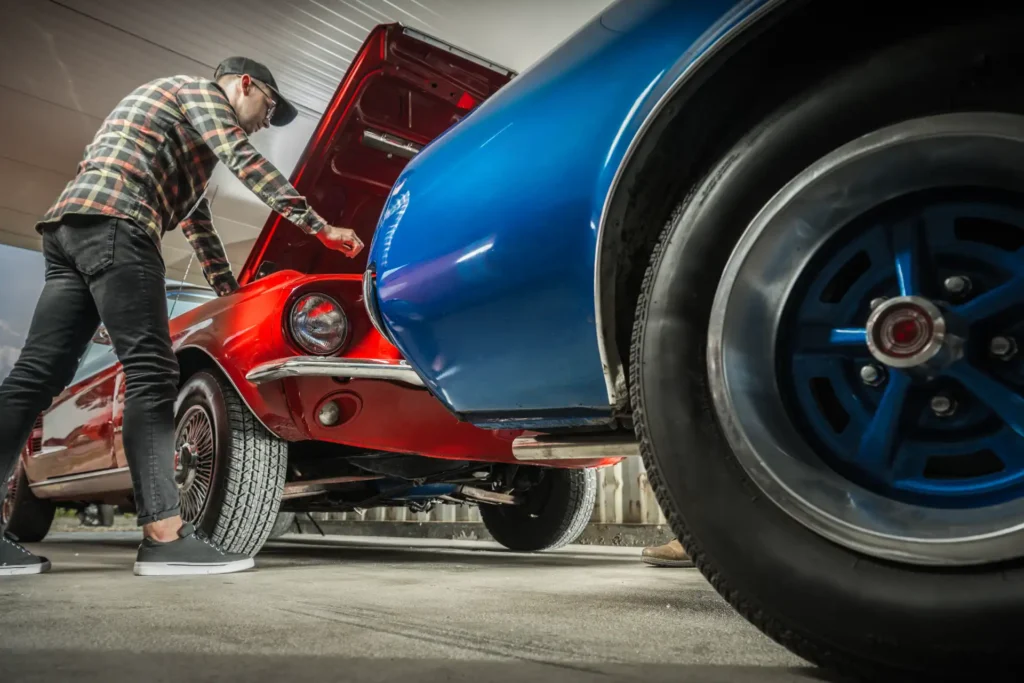The Evolution of American Muscle: From Classic Legends to Modern Beasts
American muscle cars have been an automotive icon for decades, symbolizing raw power, bold styling, and unmatched performance. From their roaring debut in the 1960s to the high-tech machines of today, the evolution of American muscle cars is a story of innovation, rivalry, and cultural impact. Let’s take a journey through time to see how these beasts have transformed while staying true to their heritage.
The Birth of American Muscle: 1960s–1970s
The golden era of muscle cars began in the mid-1960s when automakers realized there was a growing demand for affordable, high-performance vehicles. Cars like the 1964 Pontiac GTO, 1967 Chevrolet Camaro, and 1968 Dodge Charger defined this era. They were built with big V8 engines, aggressive styling, and a focus on straight-line speed.
These classics were relatively simple—no fancy electronics, no turbocharging, just raw horsepower and torque. The result? Affordable performance for everyday enthusiasts, cementing muscle cars as a cultural phenomenon.
The Decline: Late 1970s–1980s
The muscle car era faced a major setback during the oil crisis of the 1970s. Rising fuel prices, strict emissions regulations, and insurance crackdowns caused a decline in performance. Automakers downsized engines and focused on fuel efficiency, leading to slower cars and disappointing enthusiasts. Muscle cars nearly disappeared from the scene during this period.
The Comeback: 1990s–2000s
By the 1990s, technology began to revive the muscle car. Electronic fuel injection, improved suspension, and better aerodynamics brought performance back without sacrificing safety and comfort. Models like the fourth-gen Chevrolet Camaro Z28 and the Ford Mustang GT reminded drivers that American muscle was alive and well.
The Modern Muscle Era: 2010s–2025
Today’s muscle cars are faster, smarter, and more refined than ever. Cars like the Dodge Challenger SRT Hellcat, Chevrolet Camaro ZL1, and Ford Mustang Shelby GT500 deliver over 700 horsepower, advanced traction control, and even adaptive suspension systems. These vehicles can go toe-to-toe with European supercars on the track while still offering the brute force muscle cars are known for.
Key Innovations Driving Modern Muscle
- Supercharging and Turbocharging: Forced induction has taken power levels to new heights.
- Advanced Electronics: Modern muscle cars use launch control, drive modes, and performance telemetry systems.
- Lightweight Materials: Aluminum and carbon fiber reduce weight without compromising strength.
- Eco-Friendly Power: Hybrid and even electric muscle cars, like the Dodge Charger Daytona EV, signal the next chapter in performance.
From Gas Guzzlers to Global Icons
The journey of American muscle cars shows their ability to adapt and thrive. What started as simple, affordable speed machines has evolved into technologically advanced, globally respected performance cars. And with the future pointing toward electrification, the muscle car legacy is far from over—it’s just shifting gears.
Want to Learn More About Modern Muscle?
Check out our Modern Muscle Car Buying Guide or explore restoration tips for classic muscle cars. Whether you love vintage charm or modern performance, there’s a muscle car for you.
Additional Resource: MotorTrend – History of Muscle Cars
